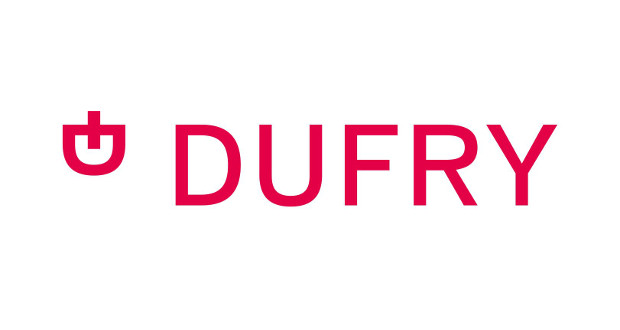02/10/2017
Flash boursier
Key data
| USD/CHF | EUR/CHF | SMI | EURO STOXX 50 | DAX 30 | CAC 40 | FTSE 100 | S&P 500 | NASDAQ | NIKKEI | MSCI Emerging markets | |
|---|---|---|---|---|---|---|---|---|---|---|---|
| 0.97 | 1.14 | 9'157.46 | 3'594.85 | 12'828.86 | 5'329.81 | 7'372.76 | 2'519.36 | 6'495.96 | 20'356.28 | 1'081.72 | |
| Trend | |||||||||||
| %YTD | -5.05% | 6.74% | 11.41% | 9.25% | 11.74% | 9.61% | 3.22% | 12.53% | 20.67% | 6.50% | 25.45% |
Highlights:
1° Prospect of a massive tax cut in the US
2° Positive effects in the short term
Trump Trade is back
After the stinging defeat of the Obamacare reform, Donald Trump is counting on the unity of the Republican right-wing to drive through a massive tax cut for both companies and households. The president desperately needs a win to restore his popularity rankings, which have been sliding steadily down to the 36% where they stand today.
Trump is therefore relying on the roll-out of a tax reform including three main points: a cut in the tax rate for companies and households; an amnesty for companies that repatriate earnings generated outside the US; and a simplification of the tax code, especially concerning tax breaks. While these tax cuts are initially set to hurt public finances, the president has stated that this should be quickly made up for by the positive fall-out from surplus growth prompted by the rise in household consumption, renewed business investment enabled by the faster development of SMEs as well as the relocation of certain multinational business units.
The gamble nevertheless looks risky. On the one hand, it will be difficult to relocate new entities to a market that is already lacking skilled workers in several industries and which has low unemployment. On the other hand, companies have only rarely met expectations in terms of business investment following previous tax cuts. Indeed, repatriating profits generated abroad has generally resulted in higher dividends for shareholders, share buybacks, acquisitions and debt reduction rather than productive investments – which are more risky and less attractive for company bosses, whose remuneration is often based on their company‘s share price.
Whatever the case, the financial markets are benefiting from expectations of the positive short-term effects for company earnings likely to be generated by the tax cut, which is a solid budget stimulation move but which is nevertheless set to deteriorate public finances. US interest rates are swinging back upwards and therefore underpinning the dollar. Exactly the same market configuration as that prevailing in the month following Donald Trump‘s election.
Dufry (ISIN: CH0023405456, price: CHF 153.80)

The global leader in duty-free shopping has reached an agreement with Kuala Lumpur to operate retail space in a leisure park. Prospective admissions amount to 26m visitors a year. This agreement opens a new market for the group in South-East Asia.
Dufry is the global leader, having cornered 20% of the market although its net debt is far higher than the sector average. The group generates high free cash flow of CHF450m a year.
The projected IPO of the Dufry North America division would help reduce debt.
Growth in passenger numbers is expected to run at 4-5% and underpins sales forecasts in the retail sector. This trend is being driven by leisure travel, which is set to rise by 6-8% out to 2020 on a global level.
The recent correction in the share price offers an attractive entry point.
Buy.
NIKE INC. (ISIN: US6541061031, price: USD51.85)

For its first quarter, Nike generated sales of USD 9.07bn and beat the consensus with EPS at 57 cents, which despite falling 16 cents was still far better than expected. The group has revised its 2018 estimates downwards.
Nike remains negatively affected by a slowdown in retail sales in the US and a price war. In contrast, sales in Europe and China (+9%) are growing.
The accumulation of unsold inventories in the sports shoe segment (more than 60% of revenues) has led to price cuts and is weighing on the outlook. Nike is experiencing harsh competition from Adidas, which has better succeeded in the shift towards leisure equipment and boasts a design formula that is more suited to demand trends.
Nike is set to provide more details on its transformation and its financial targets during the investor day on 25 October. Emphasis will be placed on direct-to-consumer sales, innovation and shorter times to market.
Buy, target price: USD60.
Download the Flash boursier (pdf)


 Flash boursier
Flash boursier